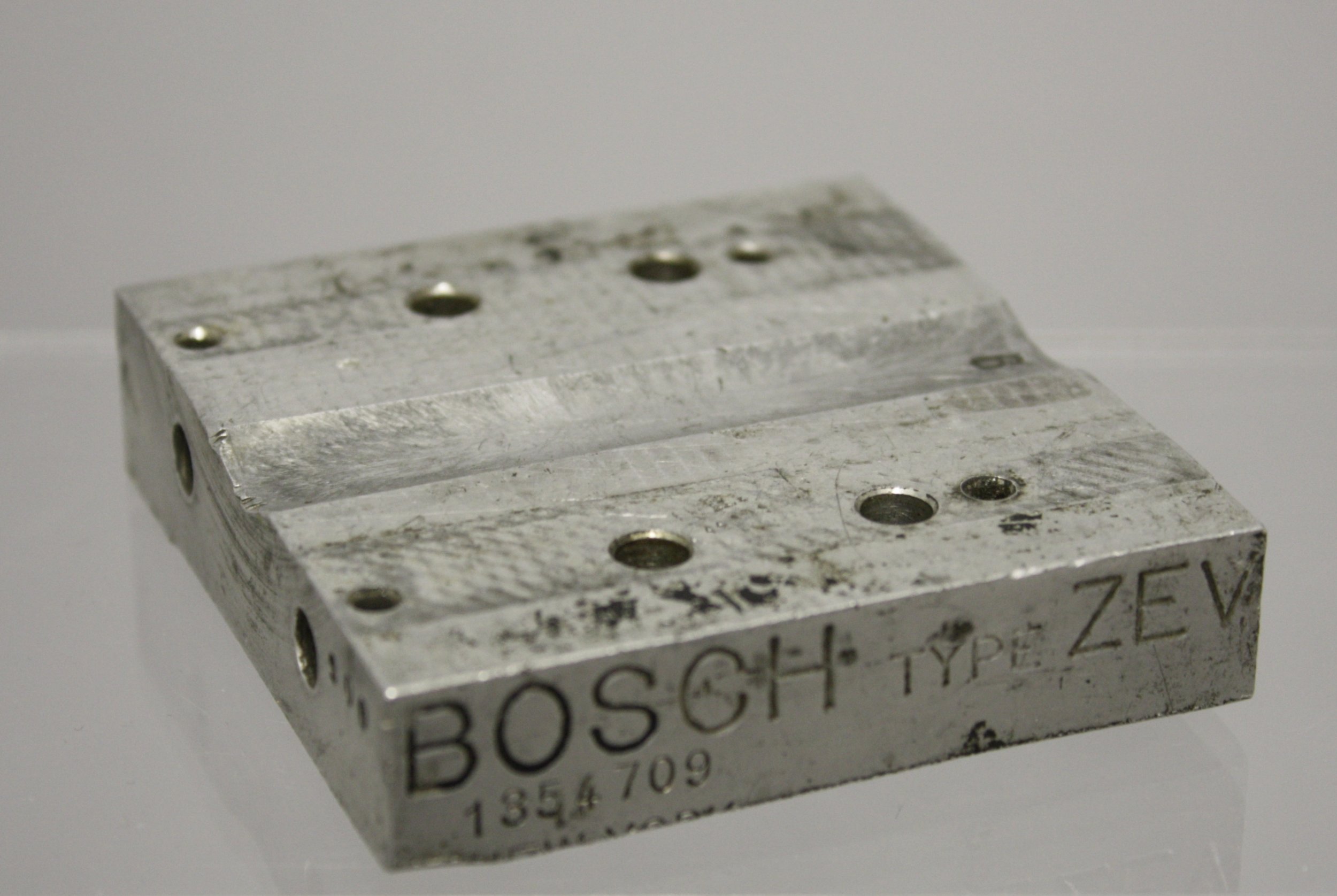Amy Vach
Catalog Number: 1984.130.20
Copyright La Crosse County Historical Society
Lillian Gleason Annin was born in 1871 in Le Roy, N.Y., to James and Priscilla Annin. She was the youngest of seven children. At the age of 16, she graduated from Ingham University with a degree in Fine Arts. Records from Ingham University, one of the few all-women liberal arts colleges at the time, indicate that Lillian was an assistant art teacher at Ingham University for one term. A year later, Lillian taught at a university in Nyack on the Hudson. In 1889, she was in charge of the Art Department at the Indianapolis Institute. She was also on the staff of Ohio Western Reserve University.
At the age of 37, Lillian married Claude Pettingill on Dec. 28, 1907, in Bellingham, Wash. Pettingill was the son of Josiah and Eunice Pettingill. Josiah came to La Crosse at a young age and served in public office as county clerk and chairman of the town board. He was also appointed postmaster of La Crosse by President William McKinley. Josiah started the first abstract company in La Crosse, and Claude followed in his father’s footsteps and continued the company after his father’s death. He worked as an attorney, real estate agent and insurance agent.
Lillian and Claude stayed in the Seattle area for about nine years before returning to La Crosse. She painted in the Seattle area and is described as a “rare and collectible artist” in art dictionaries.
When they moved to La Crosse, Lillian became active in the art community and helped found the Art Association of La Crosse. Apart from her involvement in the Art Association, Lillian also provided additional classes for people who desired more instruction. She continued painting and drawing in the La Crosse area. A shift can be seen in her artwork as she transitioned from painting west coast scenes to painting scenes of rivers, valleys and bluffs in the Coulee Region.
Lillian was also involved in the League of Women Voters around 1925 and is mentioned in the La Crosse Tribune as giving talks about the importance of the group. She served as the vice president of the League of Women Voters. Her husband, Claude, died in 1948 and she died in 1953. Her sister-in-law Grace Pettingill Hogan Van Steenwyk donated 20 pieces of artwork created by Lillian Pettingill to the La Crosse County Historical Society in 1984.
Lillian is going to be portrayed in this year’s Discover the Silent City: “Leaving a Mark-Artists of La Crosse.” Her artwork is also available for viewing in a virtual exhibit on the La Crosse County Historical Society’s website at www.lchshistory.org/the-artwork-of-lillian-pettingill.
This article was originally published in the La Crosse Tribune on August 26, 2017.
This object can be viewed in our online collections database by clicking here.




